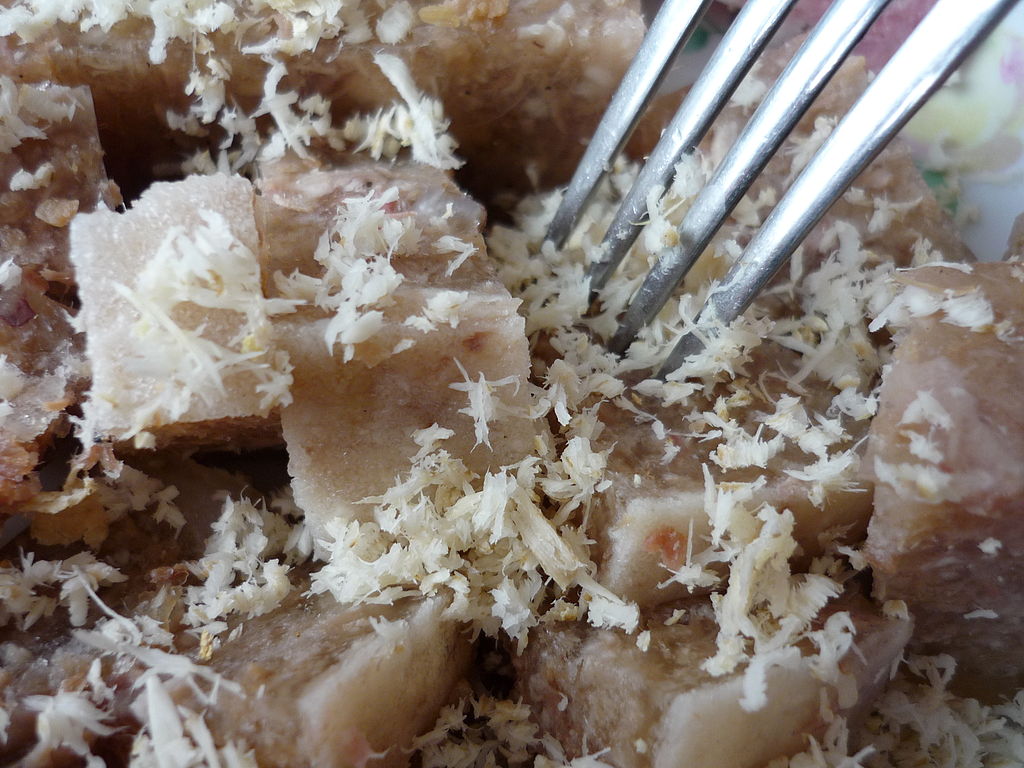The Evolution of Comfort Food
The winter holiday season will feel different this year for many: Extended families may not be able to gather, leaving holiday meals shared with smaller groups, or digitally, across different time zones. With COVID-19 fracturing our daily lives and holiday customs, the food on those lonely plates may become a source of solace.
During this pandemic, I have been receiving emails each morning from The New York Times with suggestions on what to cook. It might be the turning of the seasons, or the stress and grief of a prolonged global crisis that has stretched for months already, but lately, the recommended recipes are mostly along the lines of comfort food.
When I noticed this—it was a photo of an enameled pot brimming with a Dijon and cognac beef stew that did it—I wondered what exactly defined comfort food. I know the types of foods that conjure feelings of “home” and “safe” to me, but are there universally comforting dishes or ingredients across cultures and time? Where does the concept of comfort food come from? And how far back do the flavors of comfort stretch?
I took my curiosity first to Twitter and Facebook, asking friends what their comfort food of choice was. Answers varied, but there were trends. One was starchiness. Potatoes figured heavily on the comfort menu—mashed, roasted, fried, or in dumplings like pierogies. Pasta was a top contender as well, and mac and cheese made several appearances.
It’s unlikely to surprise any starch lover that consumption of carbohydrates creates a release of serotonin, a chemical in the brain that regulates mood and creates a feeling of calm or stability. It’s no wonder that bread baking has skyrocketed in popularity while people have been stuck indoors.
The second trend I saw in these responses was food as a trigger for memory—a point that comes up in academic studies of comfort foods too. One friend wrote that whenever she uses onions, carrots, and celery as a base, she remembers the smell of her mother’s hands tucking her into bed after cooking dinner for the family. A friend chose her mother’s chicken and dumplings as her top comfort food, and another chose her grandmother’s German potato salad (both neatly straddling the starch and memory categories).
Another response read:
I was really close to my grandpa. There was a huge mass of berry bushes and thistles and all kinds of weeds on his property. Every summer, he would wade into that mess to pick raspberries while I got the ones on the path so I didn’t get scratched up. My grandma and I made dozens of jars of jam. And every morning of his life other than Christmas day, my grandfather had a peanut butter and jam sandwich for breakfast.
For this friend, PB&J is more than just an American childhood staple.
Most of the responses I got were from American friends, leaving me curious about people in the rest of the world. A search online for international comfort foods turned up many similar trends, but with plenty of variation. Someone homesick for Hong Kong might crave hotpot or the savory char of siu mei, rotisserie-style roasted meats. A person missing Greece might long for moussaka or pastitsio. A Philippine adobo or a dish of Nigerian jollof rice could transport those hungry for familiar flavors.
I think about food a lot—nearly constantly, in fact. I also often wonder about the lives of ancient people, as we archaeologists tend to do. So, what were the flavors of home and family gathering in the deep past?
Early humans, like animals, evolved to like the taste of things that were good for them and to find things that do harm—from poisonous plants to rotten meat—distasteful. Early food choices were driven by what was seasonally available and packed with calories.
Our craving for sugar, which today can cause obesity and other health problems, stems from an evolutionary advantage for people who ate energy-rich foods. Over time, people also found foods that were medicinally helpful, acted as preservatives or antimicrobial agents, or simply tasted good.
The use of spices for taste goes back surprisingly far. More than 6,000 years ago, at least some cooks in the western Baltic region included the crushed seeds of the garlic mustard plant in their dishes. This finding is generally seen as the first evidence of use of spices for culinary purposes in ancient European cuisine, though the authors say it’s hard to know if this was a regular practice at the time. Garlic mustard has a peppery kick something like an extra-strong arugula. In the Baltic region today, grated horseradish and mustard sauces are common fixtures at the dinner table.
The geographic variation in what was available and popular has carved out niches of regional, traditional tastes, forming recognizable spice combinations for countries and communities around the world today.
The archaeological record preserves the remains of the earliest-known bread from about 14,000 years ago; we humans have loved it ever since. Ten thousand years ago, the Inca people of the Andes were learning to love the potato. By the 3rd century, noodles were already a staple in China. Six thousand years ago, someone far from their home on the Baltic Sea might have missed the peppery taste of garlic mustard just as today we long for the foods that comfort us.
Everyone—from every place and time—deserves a taste of home now and then.

































